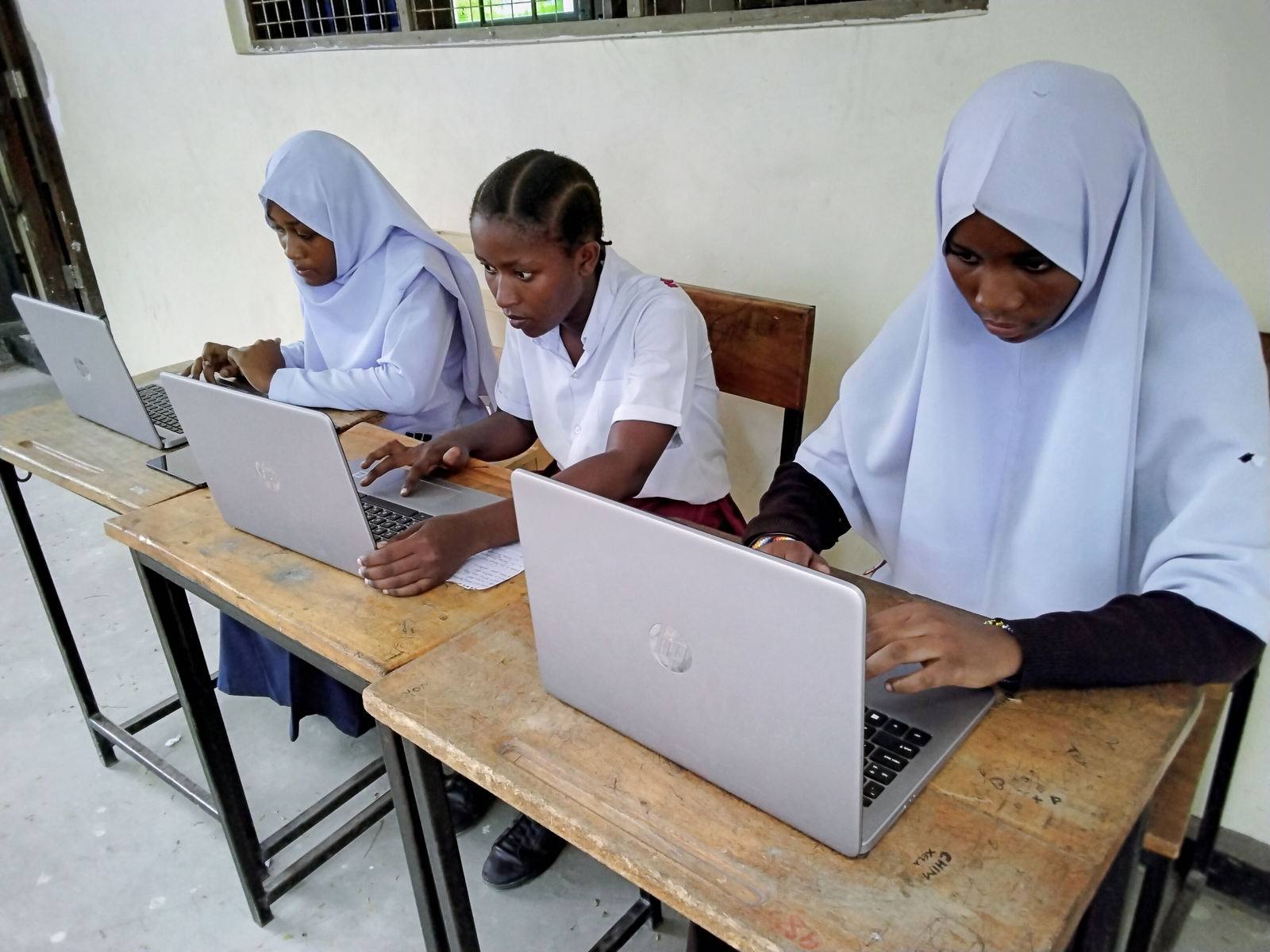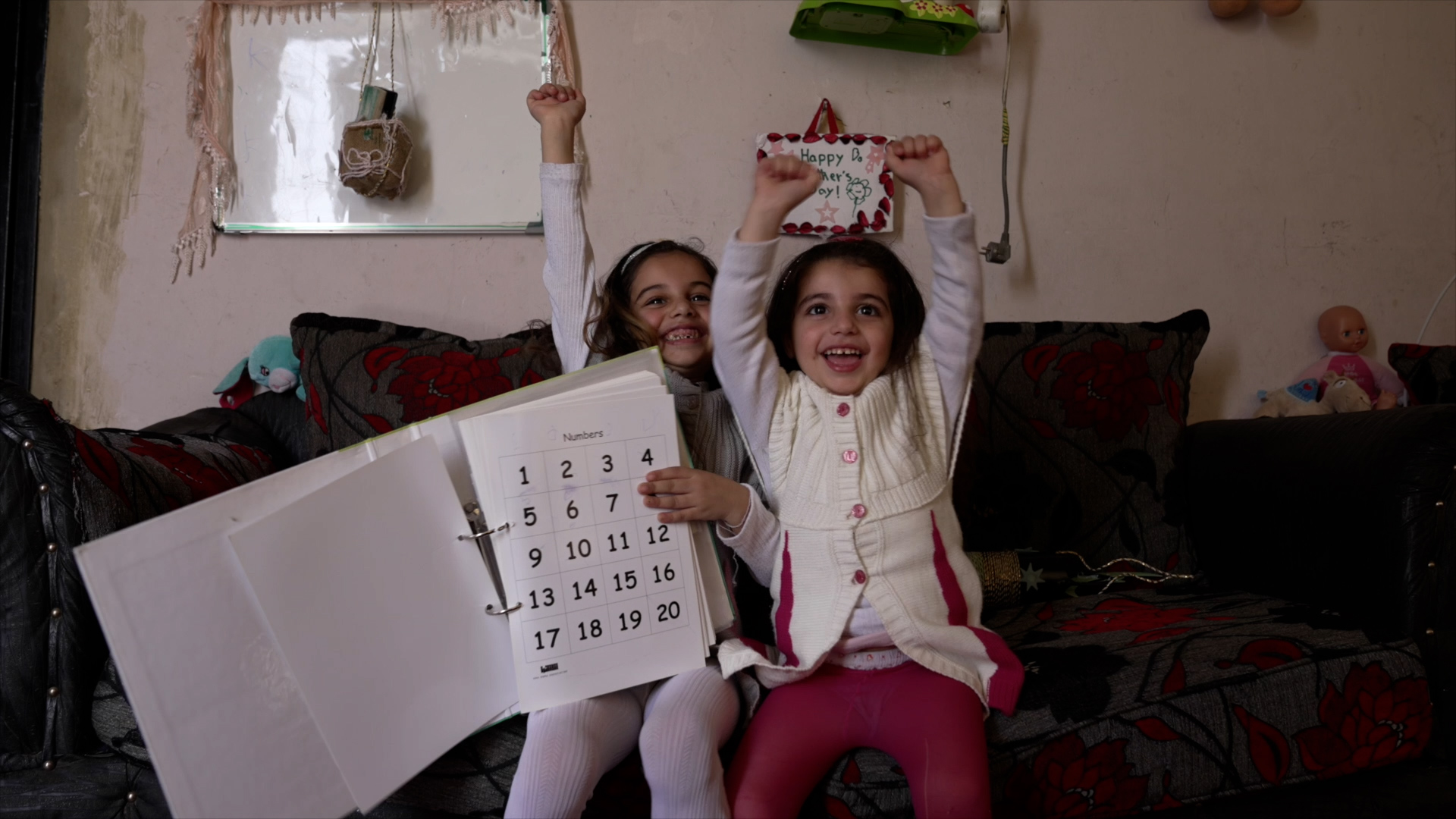
Lured by promises of education, Ethiopian girls are tricked into trafficking and slavery
Child labour, Child trafficking, Girls' education, Right to education, Street Connected Children
Each year more than 20,000 Ethiopian children - some as young as 10 - are sold by their parents, according to a children's charity.
It was the promise of education in Addis Ababa that led 11- year-old Embet to take the fateful decision to leave home.
The young girl from Debat, a small town in Ethiopia’s Amhara region, packed up and left for the capital in the company of her older neighbour, who said that her relatives there would welcome her into their home, pay her 200 Ethiopian birr ($8) a month to look after their young children and send her to school.
“I thought I would enjoy Addis,” said Embet, tearfully. “The woman told me fancy things about it. I thought everything would be OK”
But it wasn’t. Despite the promises, Embet was never paid by her neighbour’s relatives and she was never sent to school. She slept on a mattress in the living room, was barely fed and suffered abuse at the hands of her employers.
“I had to do everything,” she said, including cleaning, cooking, and looking after the family’s young children.”
After two months living with the family, Embet fled – walking the streets of Addis Ababa until she was found and taken to the local police station.
Dembet’s story is far from unusual. She is one of thousands of girls from all over Ethiopia who are trafficked to Addis Ababa to work in domestic service, some ending up in conditions comparable to slavery.
More than 400,000 Ethiopians are estimated to be trapped in slavery, according to the 2016 Global Slavery Index by human rights group Walk Free Foundation.
The industry is fed by one of the world’s highest rates of human trafficking. Each year, upwards of 20,000 Ethiopian children, some as young as 10, are sold by their parents, according to Humanium, a children’s charity.
It is a trade driven by poverty. Despite a state-led industrial push that has transformed Ethiopia, known for famine, into one of Africa’s fastest-growing economies, a third of its 99 million citizens still survive on less than $1.90 a day – the World Bank’s measure of extreme poverty.
Addis Ababa’s population is now thought to be close to four million and growing at a rate of nearly 4% per year – propelled by land shortages which force rural families to send their children to the capital to earn wages to send back home.
A World Bank study in 2010 found that 37%of Addis Ababa’s residents were internal migrants, the vast majority of whom were drawn by the city’s educational or employment opportunities. Wages in the cities are higher than in rural areas, sometimes as much as double.
But young children in particular often fall victim to exploitation.
“Deception is an important part of trafficking,” said Lynn Kay, country director of Retrak Ethiopia, an organisation that rescues street children in Addis Ababa and reunites them with their families.
“Children are lured with the promise of a better education in Addis.”

Though Embet dreamt of a good education in Addis Ababa, her family – a mother and stepfather, who works as a farmer, as well as four brothers and three sisters – wanted her to find employment.
Before being sent to the capital she spent two months working for another family in a town nearer her home in Amhara, where she was babysitter to a two-year-old boy.
But the work was hard and she missed her school, so she ran away and returned to her family, only to be sent to Addis Ababa when it became clear that her parents could not afford to look after her.
“Things weren’t as I expected when I arrived back,” Embet told the Thomson Reuters Foundation. “There was no food and my mother was having another child.”
Under Ethiopian law, it is illegal for a child below the age of 14 years to be engaged in wage labour. But laws against child labour, especially domestic service, are rarely enforced.
“The problem is that the whole economy of a city like Addis Ababa is dependent on being able to access domestic labour – so that parents can go off to work,” said Kay.
Whereas most of the street boys that Retrak rescues are runaways who come to Addis Ababa voluntarily, girls are more often victims of human trafficking.
Despite a wide-ranging anti-trafficking law introduced by the Ethiopian government in 2015, the US State Department’s 2016 Trafficking in Persons report found that girls as young as eight were working in brothels around Addis Ababa’s central market.
The report also noted that while the government was making efforts to curb cross-border trafficking, there was “little evidence of investigation or prosecution of sex trafficking or internal labor trafficking.”
Part of the problem is that “traffickers are often respected members of the community,” said Kay. Parents pay them to take their children to Addis Ababa and find them employment.
“It can be a very open, public thing.” she said. “They are often known as ‘brokers’ and it is almost like it is an acceptable job.”
Some, like Embet’s neighbour, are close to the family.
“But what happens is that these children are brought to Addis Ababa and then abandoned,” said Kay. “They can come to Addis Ababa and just disappear.”
More news

Skills for the future give young people the best chance of success
